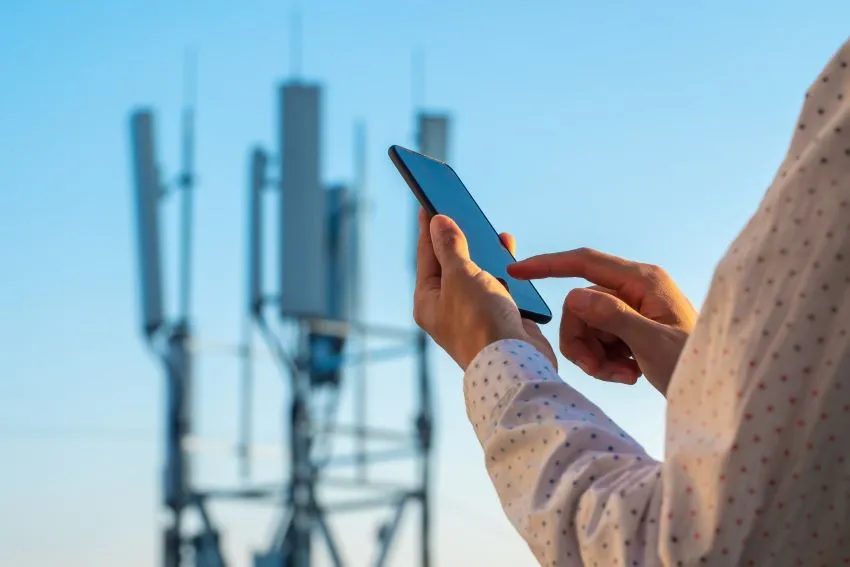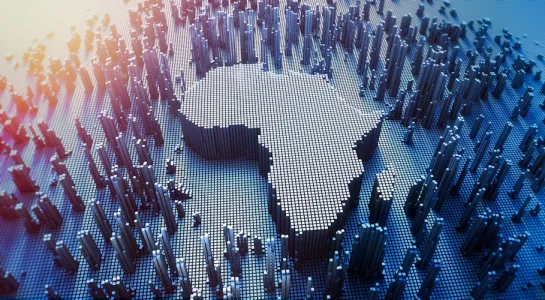
The Benefits of Egovernment Are Not Yet for Everyone
Digital technologies have advanced more rapidly than any other innovation in our history. In just two decades, they have reached approximately 50% of the developing world's population and have considerably transformed societies (UN Panel on Digital Cooperation, 2019). In this new era, many governments are seeking to digitize public services to provide broader, faster, and cheaper services. In the health sector, digital technologies such as telehealth can potentially reduce the time to diagnosis and extend life expectancy. In fact, it is estimated that 5.7 million lives could be saved each year by allowing remote households to access essential health services through digital technologies (Lancet Health Commission).
Nevertheless, not all countries reap the same gains from e-government development and the benefits to vulnerable segments of the population often prove to be disproportionate and uneven. This has been particularly the case in Africa where the vast majority of countries' development in that area is still well below the global average. Despite many improvements made in the telecommunications infrastructure in recent years, Africa faces many systematic challenges in building the foundation for accelerating the transition to digital government. Notably, the cost of mobile broadband subscriptions as a percentage of per capita gross national income remains significantly higher in Africa than in other parts of the world (UN E-Government Survey, 2022). Moreover, according to the 2016 World Development Report, one-third of digitization projects in the public sector of low-income countries are abandoned due to low take-up rates among the population, translating into a substantial waste of resources. Importantly, even when digitization projects are successful, it remains unclear whether they can reach the most vulnerable - e.g. the illiterate, women, the elderly - who often have limited connectivity, and thus whether they attenuate or exacerbate existing inequalities. These are important topics to study as the diffusion of technologies within economies and the efficiency of public service delivery has been shown to matter greatly for economic growth and income distribution. Understanding how governments of low-income countries can best leverage digital technologies is thus a critical step to ending poverty rapidly and permanently.
In developing countries, the poor often live in remote locations and must travel long distances for essential public services (e.g. hospitals; UN Policy Brief, 2021). Digitalization offers the possibility of remote, inexpensive access to a wide range of public amenities. Telehealth, for example, allows people to connect with a doctor virtually instead of having to pay for extensive trips. Evidence from high-income countries shows that telehealth has a positive effect on a range of health issues, but the effects for low-income countries remain ambiguous.
Another way that developing countries can improve targeting of public services and welfare programs specifically is through creation of digital social registries. The lack of formal identification in Sub-Saharan Africa is a widespread challenge that hinders the effective targeting and delivery of social assistance programs. However, governments can leverage the rise of phone ownership and mobile network penetration, and set up digital social registries which can be easily accessed and maintained. In this case, digitization represents an opportunity that governments can use to improve access to public services and reach those most in need in the society.
Another innovation that leverages a high penetration of mobile technologies is the use of mobile apps to improve the efficiency and inclusion of public service delivery. For instance, the use of e-monitoring apps to check the effectiveness of public service provision can help governments to improve the quality and quantity of public services delivered. An innovative development solution under evaluation is to use mobile apps to monitor the work of frontline health workers. They have the potential to improve supervision directly by detecting shirking and mistargeting more effectively, but also indirectly by freeing up time for supervisors to focus on customized training and advising. All these solutions show the potential of digitalization to improve health outcomes of populations in low-income countries. Current evidence shows that digital solutions can be effective and cost-efficient, which can translate into more public service delivery and in turn into improved state capacity.
